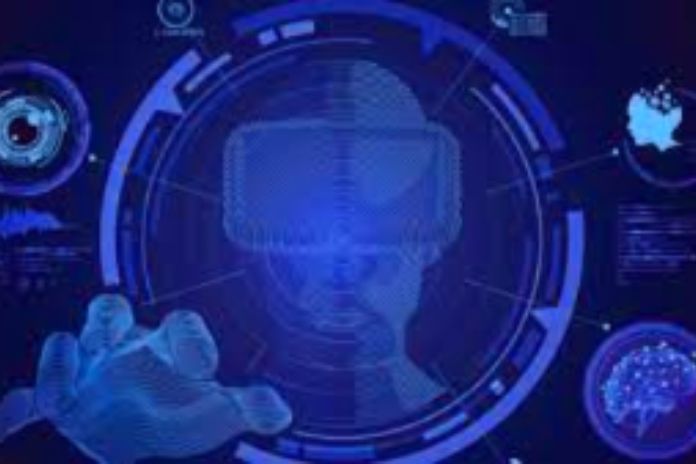Want to know how to update your IT area for the age of AI? Anyone who thinks data scientists and machine learning developers are future professions is sorely mistaken! We are discussing the present – an increasingly dynamic gift with rapid changes and transformative innovations.
Combined with the ability to analyze big data, machine learning is one of the main concepts behind Artificial Intelligence. It is the cognitive capacity of machines, explored almost insistently, through tests and repetitions, to learn from their own experiences, minimizing errors and failures.
There is a growing demand for professionals with algorithms and tools linked to Artificial Intelligence. Instead of spending money on hiring a workforce, many companies have been challenged to meet demand by training teams to make the most of Artificial Intelligence.
Artificial Intelligence: Investment, Not Cost!
It all starts with how to deal with these new technologies. Like other innovations, Artificial Intelligence should be seen as a significant investment, not a cost that will burden the company’s finances.
As we said earlier, recruitment policies’ efforts can now be reinterpreted in training IT teams to master tools and resources linked to Artificial Intelligence increasingly.
Production optimization, cost reduction and agility. These three aspects form the main prerogatives of any company linked to the productive sector. And with the correct application of Artificial Intelligence mechanisms, all this becomes possible!
Companies have increasingly invested in expanding their teams’ domain over Artificial Intelligence tools from external courses or even in-house training. Robots applied to data analysis, and machinery increasingly sensitive to external stimuli are two of the hallmarks of this moment, named by many as the 4th Industrial Revolution.
All employees know the path of technology within a company that bets on Artificial Intelligence as a component of its products and services. But not only in Research and Development (R&D), Artificial Intelligence can be well applied.
The optimistic view of Artificial Intelligence, seen as an investment, is valued in terms of cybersecurity. Cyber threats are the greatest fear of information systems. And therefore, more and more Artificial Intelligence is the solution for those who envision the achievement of privacy in the digital environment.
Actions such as the monitoring and analyzing of data and information were leveraged from the development of the cognitive capacity of machines, which we understand as Artificial Intelligence. Intelligent systems, nowadays, have complete autonomy to notice and point out inconsistencies in spreadsheets and reports.
We can even punctuate Artificial Intelligence as a significant trend in the IT sector since it still does not predominate in most companies. However, more and more managers and directors are forced to join this movement to keep their companies at the top in terms of competitiveness.
IT Professional Skills: “The Soft Skills”
The LinkedIn report identified five soft skills companies need but are rare. Although they are called innate, professionals in IT or other areas can study and work to develop these skills. Below, check out what these IT professional skills cited by the survey and how to make them evident in your ‘toolbox’:
Creativity
Being creative is not just for those who have a degree in Arts or Design. For IT professionals, this has a lot to do with being able to solve problems initially. The expression is beat, but think outside the box! Remember that you are Brazilian and, as such, we were born with a twist of creativity and improvisation that you don’t see in other parts of the world.
If you want to go beyond skills, code, and develop your creativity in other ways, you need to feed your brain with creative information. Read design books , frequent art exhibitions and museums, listen to new music, study techniques like Design Thinking, and be open to the different.
Persuasion
It’s no use having a great idea or product and not being able to sell it, right? To develop this skill, you can start with the classics in this area, such as the famous book by Dale Carnegie, ‘How to win friends and influence people or seek knowledge in consumer behavior and leadership.
Another way to learn to convince is to observe people close to you who have this skill. A formula that usually works is observation and data analysis equals solution proposition. If you’re not clear on why you want to convince someone of something, go back a few houses and rethink.
Collaboration
Attention IT professionals: in times of increasing complexity and AI systems everywhere, it is critical to have the ability to find your role in projects and be able to collaborate to obtain more effective results.
How to do it: start with ‘active listening. What is it? Be open to hearing what others say, without interrupting, not wanting to impose what you think. Collaborating in today’s workplace means being willing to understand and contribute.
Adaptability
It’s the famous resilience. By the very technical and constantly evolving nature of technology, IT professionals are used to always learning about the next trend in programming.
In one sentence, editor of LinkedIn Learning, defines why this characteristic matters: “an adaptable mind is an essential tool for navigating the world that is always changing since yesterday’s solution will not solve tomorrow’s problems.” In other words, think ahead.
Time Management
This soft skill never goes out of style. Although it seems easy, few professionals can prioritize and manage time wisely. As an IT professional, you probably think logically and in order.
If you still find it difficult to control your schedule, adopt simple methods. It can be Google Calendar, Bullet Journal, or time triad. It doesn’t matter. Try to find out how you manage your time better.
Also Read: Where To Collect The Data Needed To Do Business Intelligence?












